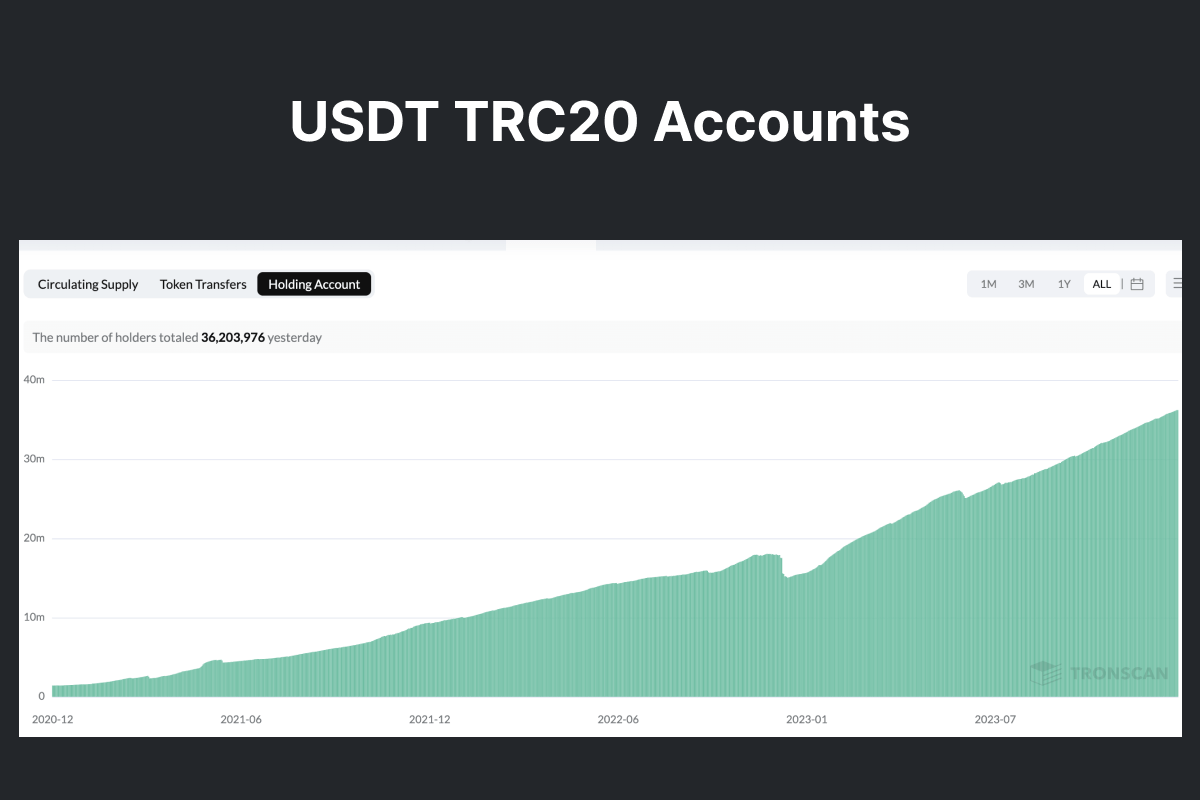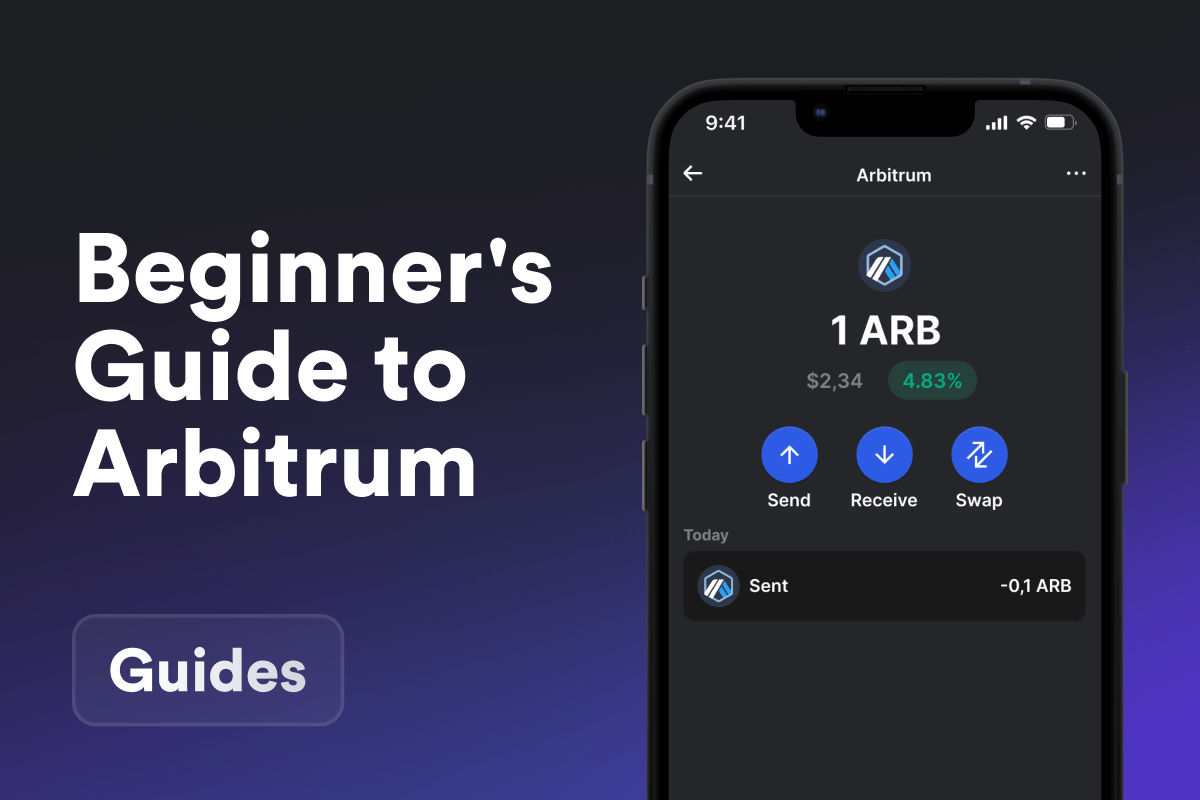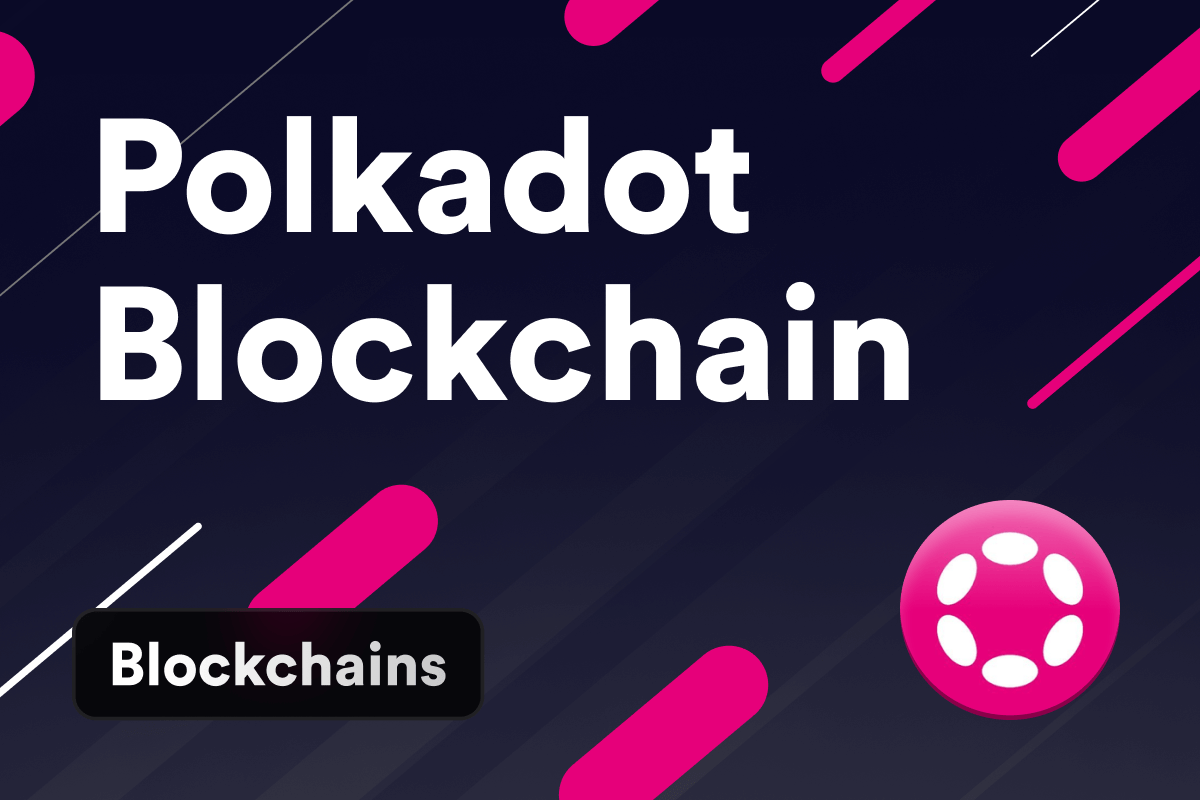
What Is Tron Blockchain?
The Tron blockchain, a leading Layer 1 (L1) decentralized platform, is engineered to create a global entertainment ecosystem with distributed storage technology. It offers an innovative environment for sharing digital content efficiently and at low cost. Known for its superior throughput, scalability, and availability, Tron is a go-to platform for developers to build robust decentralized applications (DApps). Its unique delegated proof-of-stake mechanism ensures rapid transaction processing with minimal fees. TRX, the native cryptocurrency of Tron, is pivotal for executing transactions and engaging within its comprehensive ecosystem.
Differences Between Tron and Other Blockchains
-
Focus on Digital Content and Entertainment: Tron is distinct in its dedication to reshaping the digital content and entertainment sectors. It enables direct connections between content creators and consumers, streamlining digital content distribution.
-
High-Speed Transactions and Scalability: Tron excels with a high transaction throughput, processing thousands of transactions per second, thanks to its advanced consensus mechanism and network design. This makes it suitable for fast-paced transactional applications.
-
Low Transaction Fees: Compared to many blockchains, Tron offers significantly lower transaction fees. This affordability has driven its popularity, particularly in DApps and microtransaction scenarios.
-
Decentralized Finance (DeFi) and TRC20 Tokens: Tron stands out in the DeFi space with its effective transaction model and the success of its TRC20 token standard, notably the USDT (TRC20). This positions Tron as a go-to platform for DeFi activities and token creation.
Tron - A Colossus Among Giants
-
Total Number of Accounts: 205+ million
-
Transaction Count: 6.9 billion
-
Transfer Amount of Core Tokens: $10.273 trillion
USDT TRC20 - Proving the Reliability of the Tron Blockchain
While many blockchains claim to be reliable and secure, not all can prove it in practice. USDT TRC20 serves as evidence of the Tron protocol’s effectiveness, reliability, and security. This stablecoin has gained immense popularity based on the TRC20 protocol and currently boasts over 36 million USDT TRC20 holder addresses, with a total USDT volume on the Tron network exceeding $49,855,639,557. It stands as a testament to the Tron blockchain’s robustness and trustworthiness.
 Source: tronscan.org
Source: tronscan.org
Tron Protocol and In-Depth Network Fee System
For Tron users, transaction fees may seem similar to other blockchains, deducting TRX. However, Tron’s fee system is more intricate. Let’s explore it:
-
Bandwidth Fee: Tron transactions consume bandwidth, which depends on their byte size, including data, signature, and result. When resources, including bandwidth obtained through staking and the daily free bandwidth, are lacking, TRX is burned to cover the fee.
-
Energy Fee: Smart contracts in Tron also consume energy in addition to bandwidth. Energy is deducted for each instruction during contract execution, with staked energy used first. If staked energy is insufficient, TRX from the account is burned to pay for the energy needed.
Token Standards
-
TRX: TRON’s main currency, used for voting and gaining bandwidth.
-
TRC10: System-contract issued tokens, simpler than TRC20.
-
TRC20: Smart contract-based tokens, fully compatible with ERC-20.
-
TRC721: Standard for TRON’s non-fungible tokens (NFTs), ERC-721 compatible.
TRONIX (TRX) Native Token of the TRON
To fully utilize the TRC20 tokens and take advantage of all the features of the Tron blockchain ecosystem, you will need TRX tokens and a compatible wallet.
Uses of TRX
-
Transaction Fees: TRX tokens are vital for covering transaction costs on the Tron blockchain. Whether you’re transferring TRX to an exchange or sending it to friends, these tokens are used to pay the network fees. This ensures your transactions are processed smoothly and efficiently.
-
TRC20 Tokens: To utilize TRC20 tokens, such as USDT, on the Tron blockchain, TRX tokens are essential. They are used to pay for transaction fees when you make payments or transfers. This use of TRX ensures that your interactions with TRC20 tokens are seamless and cost-effective.
-
Stake: Tron supports staking, allowing you to stake your TRX tokens. This process not only provides you with a passive income through staking rewards but also plays a crucial role in ensuring the blockchain operates smoothly and securely. By participating in staking, you contribute to the network’s overall stability and security, making it an integral part of the Tron ecosystem. Additionally, staking offers benefits like bandwidth and Energy, which reduce transaction fees. More staking means lower network usage fees.
-
NFT: Interested in purchasing, minting, or sending an NFT to a friend? You’ll need TRX tokens to complete these actions on the Tron blockchain. TRX is used to cover the costs associated with NFT transactions, including minting fees and transfer charges, ensuring a smooth and efficient process for all your NFT activities.


